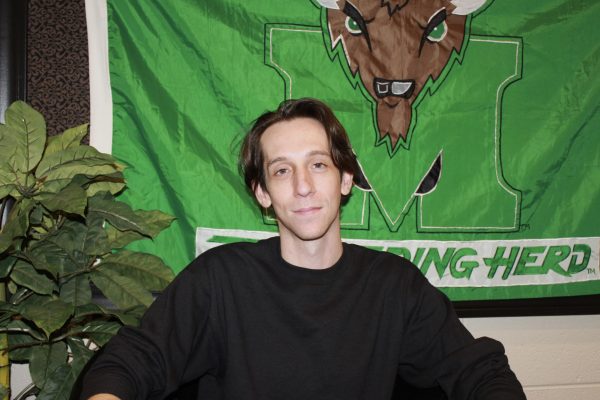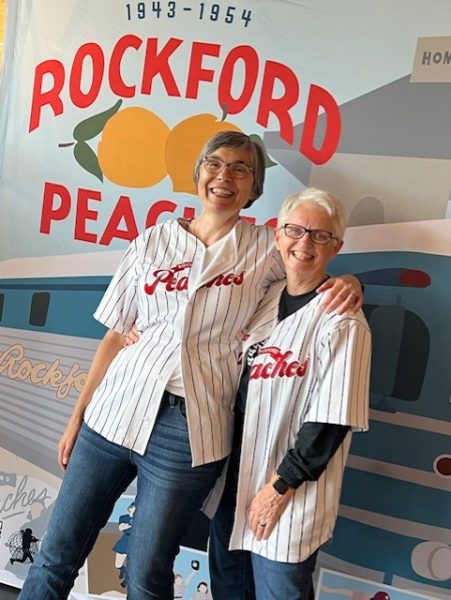#MeganMusicMonday: 8-tracks to character limits
The way we consume and discover music has adapted with the technology
More stories from Megan Osborne
February was an interesting time in the music world – Drake, Jack Ü and Big Sean all dropped new albums, and they’re all pretty freakin’ good (coming from someone who isn’t up to speed on the hip-hop scene). Of course these aren’t the only noteworthy albums or newsworthy happenings in the music world, but they do have something in common.
This is where we need to take a look at the bigger picture here, because there’s something going on. Drake tweeted his album and it immediately exploded. Big Sean’s album was up on Tumblr for a couple hours the week before the official release. Skrillex and Diplo released their Jack Ü album during a live-streamed 24-hour DJ set (which got shut down by the police 18 hours in because it was just too hype, but what do you expect from those two?).
And all we have to thank for these wonderful occurrences is Twitter and social media.
While none of the albums got the attention that the dress and the llamas did, they certainly exploded. Drake’s album tweet got more than 100,000 retweets, the links to Big Sean’s album were everywhere, and Skrillex and Diplo were both blasting the live stream via social media. Music media outlets were all over all three cases. It was nearly impossible to get on the Internet without seeing mention of these while they were going on.
Twitter: the new record label?
If this doesn’t show how powerful Twitter is as a tool for musicians, I don’t know what does. Theoretically speaking, an artist with an ounce of social media knowledge could use Twitter to get noticed, and if enough response ensues, completely forego the record label.
Before the Internet, promotion for artists was all flyers in bars and radio shows. You had to have a ballin’ street team to pack a show. Now, Facebook events, Twitter and blogs give artists access to an audience bigger than just the people who hang out at the record store or frequent the bar at which they perform often.
It is both a great time and a terrifying time to be a musician.
— Megan Osborne
Social Music
Music has always been a sort of social experience: from drum circles to classical music concerts to rock concerts to listening to albums in a high school friend’s parent’s basement to the background music at a party to music festivals. It has a knack for bringing people together. Now, you don’t even have to be with friends to share a musical experience with them.
Internet streaming has incorporated social media into the solitary musical experience, so if you wanted to you can have whatever app you’re using update Twitter and Facebook with what you’re listening to at the moment. Particularly, Spotify has a social feature built in. Now, I can see what my friend Nick in Charleston is listening to at any point during the day, and I often notice things that I’ve never heard of that I feel inclined to check out. This benefits artists because fans are more likely to listen to something recommended by a friend.
Break on Through
It is both a great time and a terrifying time to be a musician. Social media is so abundant that everyone can use it, producing a vast variety of music and artists waiting to be discovered. So while the tools are all there, it can be very difficult to breech the surface as an indie musician just as before, but now there is arguably more immediate competition.
All in all, the advent social media has had a significant effect on how people consume music.
Megan Osborne can be contacted at [email protected].
Your donation will help continue the work of independent student journalism at Marshall University. If you benefit from The Parthenon's free content, please consider making a donation.



